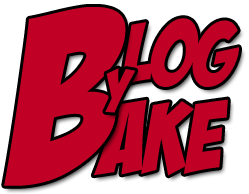Batman and Robin. Peanut butter and jelly. Bitcoin and not having a clue what bitcoin is.
There are some things that just go together. You would be hard pressed to find one without the other.
One example is the phrase “spick and span.” The term whose words on their own mean have nothing to do with being new, but together mean “fresh” or “clean.” Where did the phrase come come? Why do we not really use the words on their own?
Let’s find out in today’s edition of Wonder Why Wednesday…
Where Did The Phrase “Spick And Span” Come From?
Fun fact: the term was originally spick and span-new. A use from 1579 comes from Sir Thomas North’s translation of Plutarch’s Lives of the noble Grecians and Romanes, 1579:
“They were all in goodly gilt armours, and brave purple cassocks apon them, spicke, and spanne newe.”
The phrase dropped “new” in 1665 when it was first found in Samuel Pepys’ Diary:
“My Lady Batten walking through the dirty lane with new spicke and span white shoes.”
It is unclear exactly how this phrase came about, but as Phrases.org.uk puts it, “The alliteration in the phrase suggests the possibility that that one of the two words alluded to cleanliness and freshness and that the other just followed along.”
So which word most closely resembled something new or fresh, you ask? Probably spick.
The word spick was sometimes used in place of spike or nail. In the 1500s a new nail may have been associated with cleanliness because it was cleaned as soon as it was made. There is a phrase “as neat as a new pin” which alludes to this idea.
So, basically that’s the best guess out there. The phrase probably started just because it featured alliteration and was fun to say. It was a stretch from the original meaning, but it stuck nonetheless. Kinda like what we do today with emojis and memes. #notagreatcomparison
